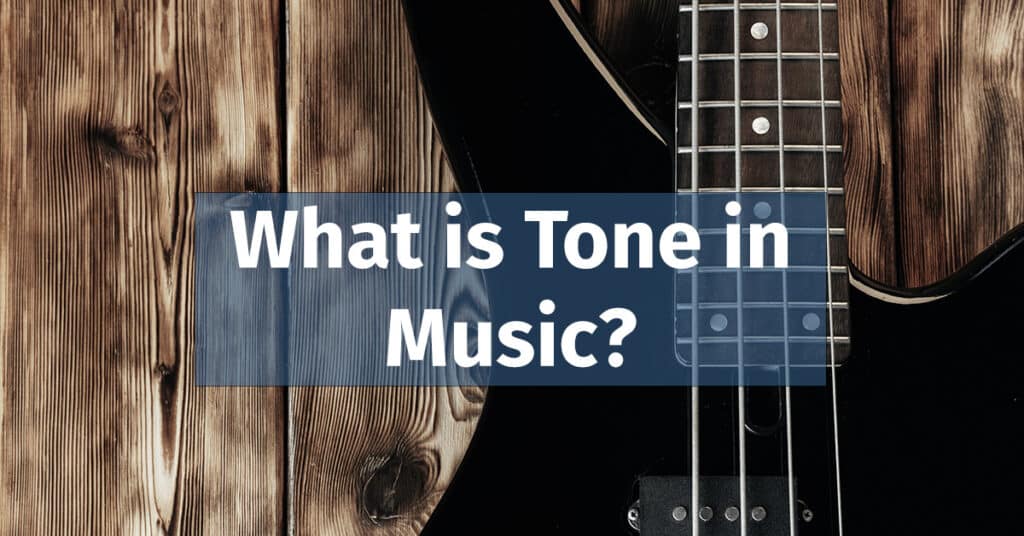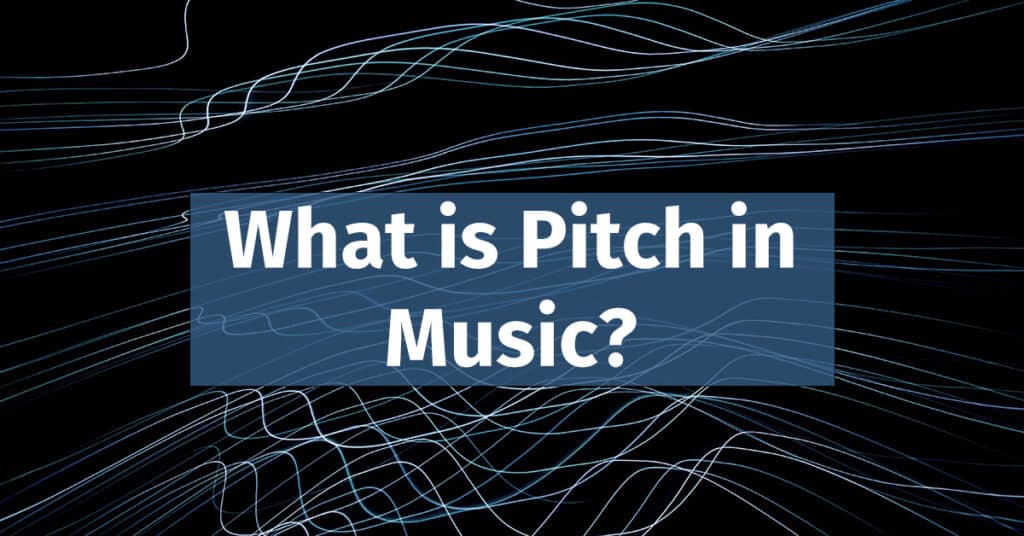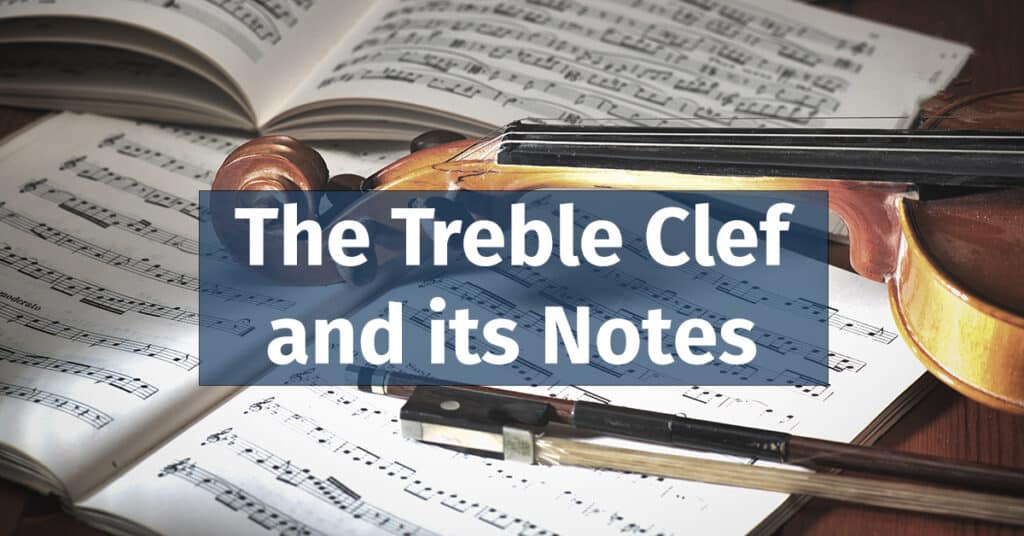The word “tone” in music can mean the pitch of a sound, the interval between two notes, or the unique sound quality of an instrument.
Let’s explore these different meanings and enhance our understanding of tone in music.
Introduction
In music, the term “tone” can have multiple meanings:
- The pitch of a sound
- The interval within a musical scale (or between two notes)
- The unique sound quality (timbre)
Furthermore, exploring other related topics helps us better understand what tone is in music. These include tone and tonality, the interplay between tone, dynamics, articulation, the concept of the leading tone, and the role of the fundamental frequency and overtones.
So, the question “What is tone in music?” might seem straightforward, but it can be confusing due to the different meanings of tone in this context. Let’s clarify these meanings to understand the concept better.
Tone as Pitch
In music, a tone can be understood as a steady sound played or sung at a specific pitch.
This pitch is the frequency at which the sound waves vibrate, determining how high or low the listener perceives the tone. For example, you produce a tone when you sing or say “Ah” once. Repeating the same sound creates two tones that share the same pitch. However, when you say the second “Ah” at a higher or lower frequency than the first one, you create two distinct tones with different pitches.
In this context, the terms “tone” and “pitch” can be used interchangeably, as they both refer to the perceptual quality that allows us to differentiate between sounds based on their perceived highness or lowness.
Understanding the concept of tone as the pitch is crucial in music, as it forms the foundation of melody, harmony, and other essential aspects of musical composition. Melody, the linear succession of musical tones, relies on the relationship between pitches to create a memorable and expressive sequence of sounds. Harmony, on the other hand, involves simultaneously sounding multiple tones to create chords and chord progressions, which add depth and complexity to a piece of music.
Furthermore, the concept of tone as pitch plays an important role in developing musical scales, which are organized sequences of pitches that serve as the basis for creating melodies and harmonies. Various cultures worldwide have developed their unique scales, resulting in diverse musical styles and expressions.
Tone as Interval
The western musical scale is a series of 7 notes picked from a group of 12 pitches within an octave. The distance between each of these 12 pitches is called a semitone, half tone or half step.
When there is a note in between two other notes, like C and D (in this case, the note in between is C sharp or D flat), the distance between the two outer notes is called a whole tone or whole step.
More specifically, when you move from one note to another without playing the note in between, the distance between those two notes is a whole step (equal to two half steps).
Therefore, in this case, “tone” may refer to the interval between two notes that are two half steps (or two semitones) apart.
For an in-depth understanding of musical intervals, I recommend reading our dedicated article titled “What is an Interval in Music?“

Tone as Timbre
Timbre in music is the unique sound quality of a pitch played by an instrument or voice.
The ASA (Acoustical Society of America), defines timbre (ext. link) as a “multidimensional attribute” that lets us tell the difference between two sounds that have the same loudness, pitch, location, and duration but are not the same.
Simply put every instrument and human voice has a distinct sound that helps us identify it. For instance, a violin and a trumpet sound very different, even when playing the same note at the same pitch.
This difference in sound quality, or timbre, comes from factors like the instrument’s size, shape, and material, which affect the waveform it produces.
Various factors influence our perception of timbre, including the combination of frequencies that create the waveform.
Fundamental Frequency and Overtones
A musical instrument’s waveform can be intricate, made up of multiple frequencies that overlap and blend together.
The fundamental frequency is the lowest frequency in a sound, greatly influencing the pitch of a tone we perceive. This frequency corresponds to the rate at which the entire waveform vibrates.
Overtones are higher frequencies than the fundamental and are less noticeable. The instrument’s timbre, or unique sound quality, is determined by which overtones are most prominent in the waveform.
The intensity of these overtones can change during the sound’s emission, compared to the main volume of the sound. These variations in intensity affect how we perceive the instrument’s timbre when using different articulations, such as legato and staccato.
Timbre and Expression Techniques
Expression techniques in music encompass various elements, such as dynamics and articulation, that convey emotions, feelings, and musical intent in a performance. These expressive elements directly influence the timbre of a sound, which is the unique quality or tone color that distinguishes it from other sounds.
Dynamics, an essential component of expression, refers to the volume of a sound, meaning how soft or loud it should be played. It contributes significantly to the emotional impact of performance and affects the timbre of the sound.
Articulation, another aspect of expression, relates to how a musician changes a note’s length, how the sound begins and fades over time, and how it connects to other notes. It can also affect other aspects of sound, including timbre, dynamics, and pitch.
Some articulations are common across various instruments, while others are specific to certain ones. For instance, pizzicato is typical for string instruments like violins. Traditional articulations include staccato, legato, and marcato. In electronic and computer music, entirely new forms can be developed.
The term expression also encompasses other techniques, like vibrato, which also alters the pitch of the sound as it’s being played. By skillfully combining these expressive elements, musicians can create a rich and evocative musical experience, shaping the timbre to convey various emotions and nuances.

Tone and Tonality
Tone and tonality, while closely related, are distinct concepts in music that address different aspects of musical sound.
To recap our previous discussion, at its core, tone refers to a musical sound’s unique quality or character. It is influenced by several factors, including the instrument or voice producing the sound, the pitch (how high or low the sound is), and the duration and amplitude (volume) of the sound.
The combination of these elements helps to create a distinct auditory experience. Furthermore, tone encompasses a musical performance’s emotional or expressive quality, as it conveys the artist’s intentions and emotions to the listener.
In contrast, tonality refers to the organization of music around a specific pitch or tonal center, commonly known as the “tonic.” The tonic is the anchor point for other pitches and harmonies within the piece, establishing a sense of stability and coherence. As listeners, we often perceive the tonic as the “home base” to which the music returns for resolution.
Tonality can also encompass the system of scales, chords, and harmonic relationships that characterize a particular musical style or period. For example, the tonal system of Western classical music is primarily based on major and minor scales. In contrast, other musical tradition have unique tonal systems.
Leading Tone
The leading tone, typically the seventh degree of a major scale, is a note that creates a sense of incompleteness or “tension” within a series of sounds we’ve heard. At the same time, the feeling of completeness is described as “release.” This concept of tension and release is essential in music composition, as it drives the listener’s anticipation and emotional engagement.
As an essential part of music, the leading tone shapes a song’s sound and feel. In Western music, it’s a fundamental building block that connects different parts of a piece, influences the interaction between harmony and melody, and guides the flow of musical ideas. Simply put, the leading tone makes music more exciting and engaging for listeners.
Throughout the history of Western music, tonality has emerged as a dominant musical structure. The leading tone is crucial in establishing key relationships within a piece of music.
It is vital in both harmonic and melodic contexts to create tension within a chord to propel the progression forward and serve as a target note in the melody that guides the listener’s expectations.

So, what is a Tone?
The concept of tone in music is multifaceted and plays a significant role in shaping the overall musical experience.
Tone can refer to the pitch of a sound, an interval, or the timbre of a sound, each of which contributes to the unique characteristics of a piece of music. In addition to the fundamental pitch, we explored the relationship between tone, leading tone, and overtones, which all interact to create rich harmonies and intricate sonic textures.
Furthermore, we examined how expression techniques, such as dynamics and articulation, directly influence a performance’s timbre and emotional impact. By combining these elements, musicians create captivating and evocative musical experiences that convey various emotions and nuances.
Ultimately, understanding the various aspects of tone enables both performers and listeners to appreciate the depth and complexity of the music.


